Understanding ACL Surgery for Dogs
Creature Comforts Veterinary Service | Saylorsburg, PA
What is an ACL Injury in Dogs?
Dogs, like humans, can suffer from knee ligament injuries, commonly referred to as ACL injuries. However, in dogs, this ligament is called the Cranial Cruciate Ligament (CCL). This ligament is crucial for stabilizing the knee joint and supporting weight during movement. When injured, it causes pain, lameness, and long-term joint damage if left untreated.
CCL injuries are among the most common orthopedic problems in dogs, and early intervention is essential to prevent worsening conditions such as arthritis and meniscus damage.
Learn more about canine cruciate ligament injuries.
What Causes ACL Injuries in Dogs?
CCL injuries in dogs can occur due to:
- Acute trauma – Jumping, sudden twisting motions, or rough play can cause ligament tears.
- Chronic degeneration – Some dogs develop gradual ligament deterioration due to aging or poor joint health.
- Breed predisposition – Large breeds such as Labrador Retrievers, Rottweilers, and Newfoundlands are more prone to CCL injuries.
- Obesity – Excess weight puts extra stress on the knee joint, increasing the risk of ligament tears.
Tip: Keeping your dog at a healthy weight can significantly reduce joint stress and the likelihood of injury.
Signs Your Dog May Have a CCL Injury
If your dog exhibits any of the following symptoms, they may have a CCL injury:
- Limping or lameness in a hind leg
- Difficulty standing up or sitting down
- A popping or clicking sound from the knee
- Swelling or stiffness in the knee joint
- Reluctance to play, jump, or run
Untreated CCL injuries can lead to arthritis, chronic pain, and further knee damage.
Early intervention can prevent long-term complications. Schedule an evaluation today.
How ACL Injuries Are Diagnosed
At Creature Comforts Veterinary Service, we conduct a thorough orthopedic evaluation to diagnose CCL injuries.
Veterinary Exam & Physical Tests
- Drawer test & tibial compression test – Used to assess knee joint stability and ligament integrity.
Advanced Imaging
- X-rays – Helps rule out bone fractures and arthritis.
- MRI or ultrasound – Provides a detailed view of soft tissue damage.
Learn more about our diagnostic capabilities.
Surgical Options for CCL Injuries in Dogs
Surgery is often the best treatment option for a torn CCL, as it stabilizes the knee joint and prevents further damage.
Types of ACL Surgeries for Dogs
TPLO (Tibial Plateau Leveling Osteotomy)
- Changes knee mechanics to eliminate the need for the CCL.
- Ideal for large, active dogs.
TTA (Tibial Tuberosity Advancement)
- Repositions the knee for improved stability.
- Provides a quicker recovery than some other surgeries.
Extracapsular Repair (Lateral Suture Stabilization)
- Uses a strong synthetic suture to stabilize the knee.
- Best for small or less active dogs.
Learn more about TPLO surgery and recovery.
What to Expect After ACL Surgery
Immediate Post-Surgery Care
- Pain Management – Medications to ensure comfort.
- Restricted Activity – Prevents overuse of the healing knee.
- Monitoring for Swelling or Infection – Watch for redness, excessive swelling, or discharge.
Rehabilitation and Recovery
Rehabilitation is crucial to restore strength, flexibility, and mobility.
- Hydrotherapy & controlled exercise – Strengthens muscles with low-impact activity.
- Laser therapy & massage – Helps reduce inflammation and speed up healing.
- Gradual reintroduction of activity – Slowly rebuilding strength over weeks.
Explore rehabilitation therapies for dogs.
The Benefits of ACL Surgery for Dogs
- Pain Relief – Allows your dog to return to normal activity.
- Prevention of Joint Degeneration – Reduces the risk of arthritis.
- Improved Quality of Life – Restores mobility and comfort.
Success rates are high, with most dogs returning to near-normal activity levels after proper recovery.
Learn more about post-surgical rehabilitation.
Tips for Managing Your Dog’s Recovery at Home
- Provide a Safe Resting Space – Use soft bedding and limit jumping.
- Use a Support Harness – Helps assist with walking.
- Monitor Weight – Excess weight can strain healing joints.
- Regular Check-Ups – Ensure proper healing progress.
Preparing for Your Dog’s ACL Surgery
- Fasting – No food 12 hours before surgery.
- Manage Anxiety – Keep yourself and your dog calm before the procedure.
- Understand Post-Op Care – Prepare for a restricted activity period of 6-12 weeks.
FAQs About ACL Surgery for Dogs
How long does recovery take?
Most dogs recover within 12-16 weeks, with gradual increases in activity.
Will my dog be able to walk normally again?
Yes! With proper rehabilitation, most dogs regain full mobility.
Can a dog tear their other ACL after surgery?
Unfortunately, yes—about 50% of dogs will tear the opposite ACL over time. Keeping your dog at a healthy weight and maintaining joint health can reduce this risk.
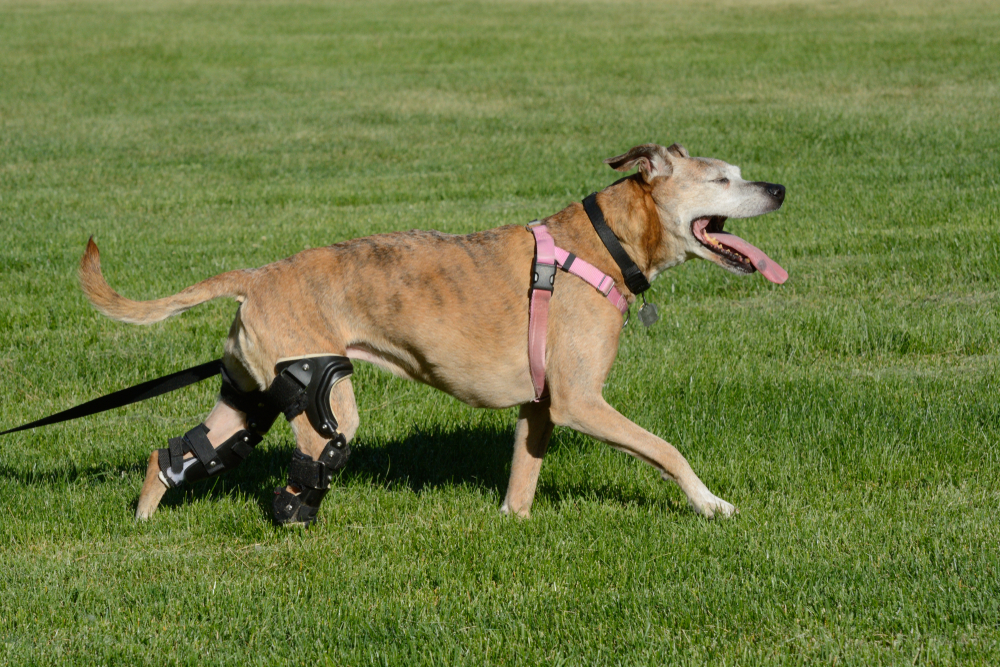
Why Choose Creature Comforts Veterinary Service?
- Experienced Veterinary Team – Skilled in ACL surgery and post-op care.
- Personalized Recovery Plans – Tailored rehab and pain management strategies.
- State-of-the-Art Orthopedic Care – Advanced diagnostic and surgical techniques
Meet our team and learn about our surgical approach.
Meet Our Team | Surgical Services
Schedule a Consultation Today
If your dog is experiencing lameness, pain, or knee instability, don’t wait. Early intervention can improve recovery and prevent long-term damage.
Call us today to schedule an orthopedic consultation!
Request an Appointment


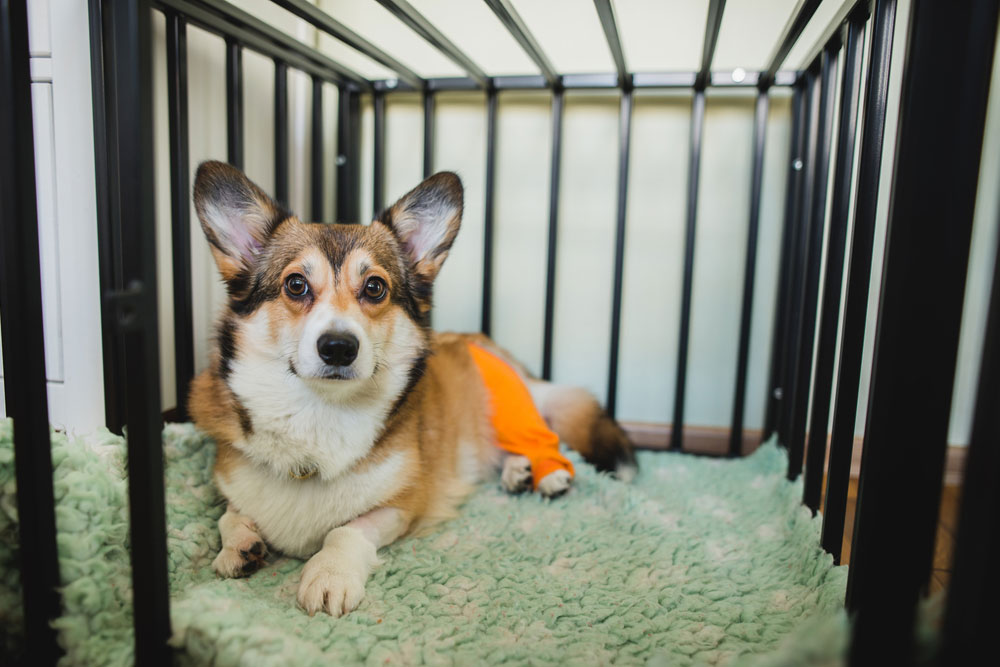
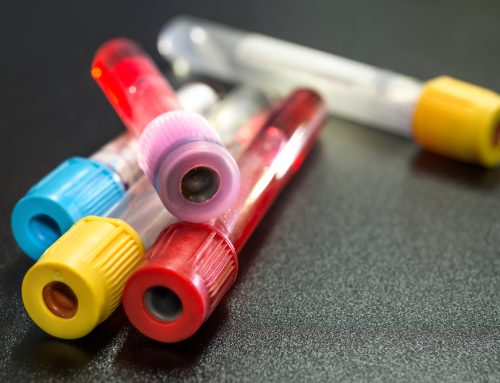
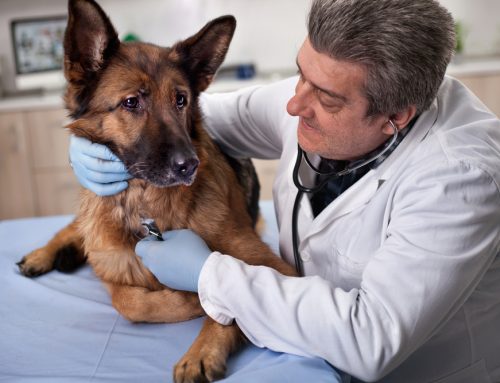
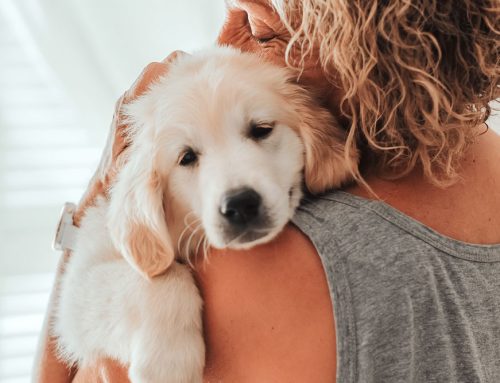
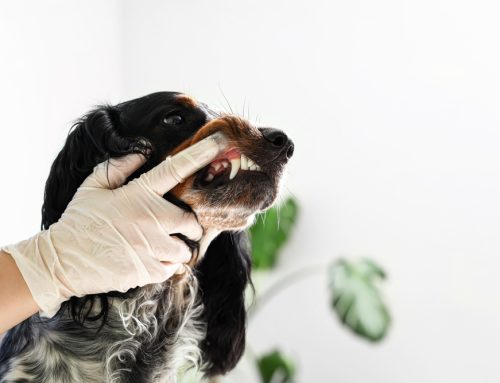
Leave A Comment